Starving Cougar Wanders Into Olympic Peninsula Animal Rehab At The Last Moment
Nov 19, 2020 by apost team
It is often said that the golden rule that applies in the jungle is "survival of the fittest.” So what happens when one lacks the skills to survive? The obvious answer is that you perish unless a miracle saves you. That is exactly what happened to a malnourished cougar that found its way to an animal rehabilitation center in the Olympic Peninsula just in the nick of time.
Be sure to scroll down this article to see the full video.
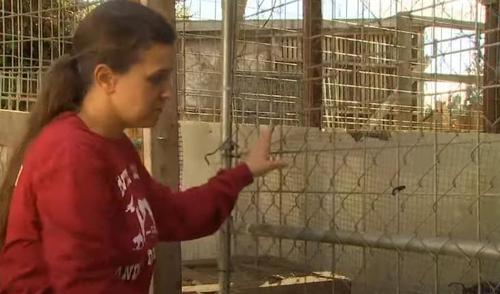
According to Sara Penhallegon, who owns the Central Valley Animal Rescue facility in Quilcene, WA, the starving cougar was hardly a year old at the time when it found its way to the facility. It found some old hay and curled up, as though expecting to die there in October 2020. When Sarah and her team looked at the starving feline, they concluded that the cougar’s mother had probably died before passing down vital survival skills to the young one, according to the video below.
It was therefore a big challenge for it to hunt or take care of itself. According to Sarah, the lack of survival skills was a death sentence to the cougar once the mother died. It would not survive long in the wild without the hunting skills to feed itself, Sarah told King 5. The only way it could survive would be to get to a rehabilitation center.

apost.com
The Danger Cougars Face
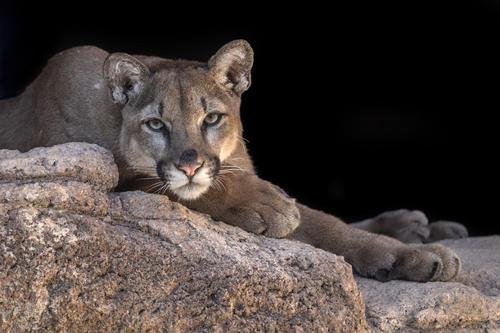 istockphotos.com/Dennis Holcomb, Dennis Holcomb Photography
istockphotos.com/Dennis Holcomb, Dennis Holcomb Photography
The kitty was in bad shape when it checked itself into the animal rescue center. Based on its condition, wildlife experts estimated that it had only a 10% chance of survival in the wild. It weighed only 34 pounds, some 50 pounds below the average weight of cougars. Sarah’s team of experts nursed the feline back to good health. It soon regained 10 pounds after receiving the right treatment. Sarah told King 5 that once it regained its health and strength, it became feisty, hissing, and growling whenever she would pass by. That was a good sign that the cougar was recovering well.
In the US, cougars face the biggest risk. Hunting and poaching continue to be the most prominent threat to the survival of cougars. They have faced many extermination attempts in their natural habitats across the country, leading to their diminishing numbers. The challenges the cougars face in their natural habitats have forced many adult cougars out of their habitat into people’s backyards. This is likely to escalate human-wildlife conflicts. The human activity in cougar habitats has resulted in a massive drop in the population of the mountain lions to about 300,000 across the entire United States, reports Scientific American. That is quite an alarmingly small number compared to the size of the US.
After Recovery
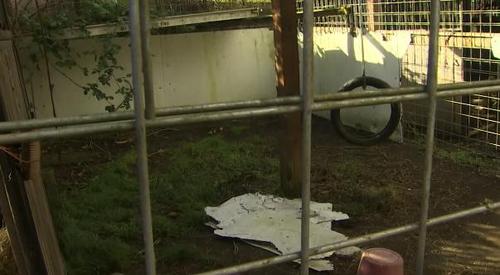
It would be ideal to release a rehabilitated animal back to its natural habitat after recovery. However, that would pose challenges to the animal. Given that the animal did not grow up in the wild, it may still be lacking in necessary survival skills for jungle life, or it may end up dying within a short time after release. The rehabilitated cougar could not hunt or forage on its own. Thus, releasing it into the forests of the Olympic Peninsula would put it back at risk.
Additionally, Washington law prohibits the return of rehabilitated cougars into the wild. The only viable option would therefore be to send the animal to natural habitat zoo. She says in the video below that her facility’s goal is to find the best option for a rehabilitated animal. Placing it under the care of a good captive facility would ensure the feline would have the right environment to thrive.
Impactful Experience
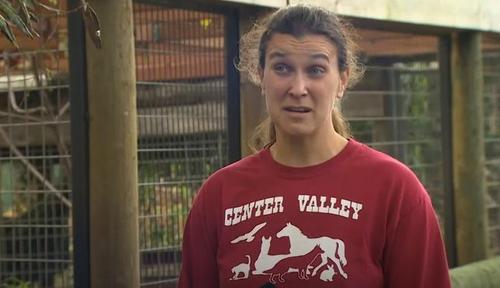
The encounter with the starving cougar was a humbling experience for Sarah. While she sympathized with the cougar for not being able to go back to its natural habitat, she understood the risks that it would face if it were to go back into the wild. Survival there would never be easy and the cougar could die within a few weeks for lack of survival skills. She appreciated the opportunity to meet the cougar and the help her team gave to the animal, she tells King 5.
Across the world, many animals face many challenges in their natural habitats. The challenges cripple their survival abilities and could lead to their death. Sometimes it takes human intervention to same these wild animals. A big challenge in animal rescue is reintegrating them back into the wild after recovery. While some may be able to go back to the wild successfully, most cannot make it and may need to be put in special natural habitat zoos.
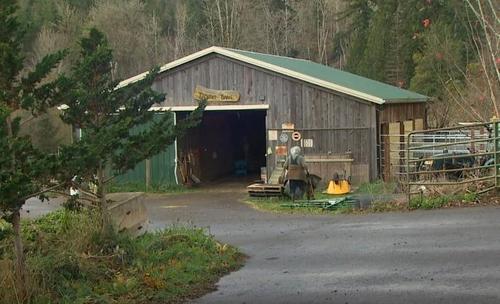
Injured wild animals seeking help from humans is not a common occurrence. However, once in a while, the inspired actions of animals in danger put them in a position where they can get the help they need. While human-wildlife conflicts exist, injured animals that find their way to human settlements sometimes find compassion and the help they need.
The cougar faced imminent death in the jungle due to starvation. However, in its dying moments, it found its way to a rescue center where Sarah and her team treated it to full recovery, giving it a second chance in life. The actions of the team helped save the poor animal and conserve nature, and it is wonderful that foundations such as the Central Valley Animal Rescue are available to help so many animals in need.
The impressive story of the recovery of the cougar from the jaws of death is a great inspiration for animal conservation. It shows resilience and determination to survive by the cougar and commitment to save animal lives by Sarah’s team. It should help inspire more people to come to the aid of animals in trouble rather than trying to exterminate them.